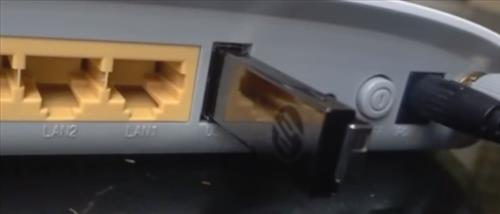

- #Kodi external player setup rpi how to#
- #Kodi external player setup rpi full#
- #Kodi external player setup rpi download#
Complete the setup process with your preferred options. Once it boots up, you should be presented with a setup wizard. Insert the newly formatted SD card, attach a keyboard and/or mouse and power on your Raspberry Pi. We recommend Etcher: START YOUR RASPBERRY PI
#Kodi external player setup rpi download#
On the downloads page, scroll down to the direct downloads section and select your Raspberry Pi version and download the correct image.įlash the image onto your SD card using your preferred application. Once the download is complete, you can then select your SD Card and Write.Īlternatively, if you have trouble with the SD Creator, as we did using OSX (it kept crashing). Once downloaded, open the LibreELEC SD Creator and select your Pi version then click Download.

LibreELEC makes it REALLY easy to get going with KODI, by providing a bunch of pre-packaged options for the OS you’re using.įirst, head over to and navigate to downloads then download the creator for your OS. Please check your country's copyright laws and make smart decisions. Some countries allow you to make a digital backup of your DVD’s but unfortunately here in Australia, it’s illegal to do so. It’s worth pointing out that Kodi should only be used for content to which you have the legal right to access. Out of the many OS variations available for Raspberry Pi, LibreELEC is one of the simplest to roll out.

#Kodi external player setup rpi full#
This frees up resources and ensures the system isn’t full of bloated code that may perform functions you’d never use in a media centre. HOW IT WORKSįor this project, we have decided to use KODI (formerly XBMC) and the easiest way to get Kodi up and running on your Raspberry Pi is to use the Linux distribution called LibreELEC “Just enough OS for Kodi”. In next month’s article, we will also finish the build and provide a home theatre inspired 3D printed case with different hard drive configurations. This is then used to power the USB drives, and also the Raspberry Pi itself. The build in next month's issue solves this by creating a USB power injection circuit to provide plenty of 5V power. Your Pi will struggle to keep the power going to a few drives. If you want to run more than a single USB Hard Drive from a Raspberry Pi, you’ll rapidly end up running into a power problem. Next month, we will explore the option of adding an external HDD or two by building a powered USB Hub! To get started, all that’s required is a Raspberry Pi 3+ and an SD Card.
#Kodi external player setup rpi how to#
We show you how to install the Kodi media player onto your RPi so you can play videos, music, podcasts and other media files from an SD card or hard drive onto a TV or monitor. This project uses the popular Raspberry Pi 3+ with the free and open source Kodi media player application to create a home theatre in your home (or bedroom). However, this project gives you apps, as well as hard drive storage capacity for your own content too! THE BROAD OVERVIEW With streaming services increasing in popularity, the humble media centre has arguably become less useful. Build your own Raspberry Pi Media Centre with hard drive storage.


 0 kommentar(er)
0 kommentar(er)
